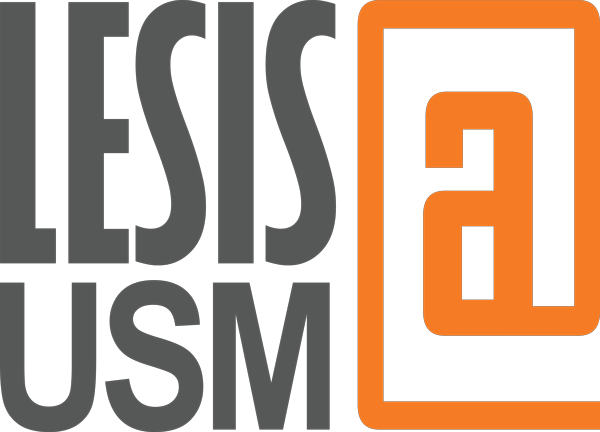

Laboratory Equipment & Services Information System
by Centralized Laboratory Management Office (CeLMO)
Gas chromatography (GC) is a common type of chromatography used in analytical chemistry for separating and analyzing compounds that can be vaporized without decomposition. Typical uses of GC include testing the purity of a particular substance, or separating the different components of a mixture. In preparative chromatography, GC can be used to prepare pure compounds from a mixture. Gas chromatography is the process of separating compounds in a mixture by injecting a gaseous or liquid sample into a mobile phase, typically called the carrier gas, and passing the gas through a stationary phase. The mobile phase is usually an inert gas or an unreactive gas such as helium, argon, nitrogen or hydrogen. The stationary phase is contained inside of a separation column. The GC column is located inside an oven where the temperature of the gas can be controlled and the effluent coming off the column is monitored by a suitable detector.
The thermal conductivity detector (TCD) is a universal detector for gas chromatography that responds to virtually any compound, excluding the carrier gas. It is generally used for the GC analysis of permanent gases, light hydrocarbons, and compounds that do not respond well to a flame ionization detector (FID). Gas chromatography-flame ionization detection (GC-FID) is an analytical technique that is used to separate and analyze mixtures consisting of volatile components. GC-FID is particularly useful in detecting and quantifying organic compounds, such as fatty acids in food and resin acids
- Manufacturer
- Brand
- AGILENT
- Model
- 7890A
- Year Manufactured
- Year Procured
- 2012
- Department
- PUSAT PENGAJIAN KEJURUTERAAN KIMIA
- Location
- School Of Chemical Engineering > Analytical Lab > 1.01
- Date Registered LESIS
- 15/03/2024
- Category
- Research Equipment
- Function
- Booking, Testing,
- Category
- Staff operated
- Equipment Status
- Good
Person In-Charge




